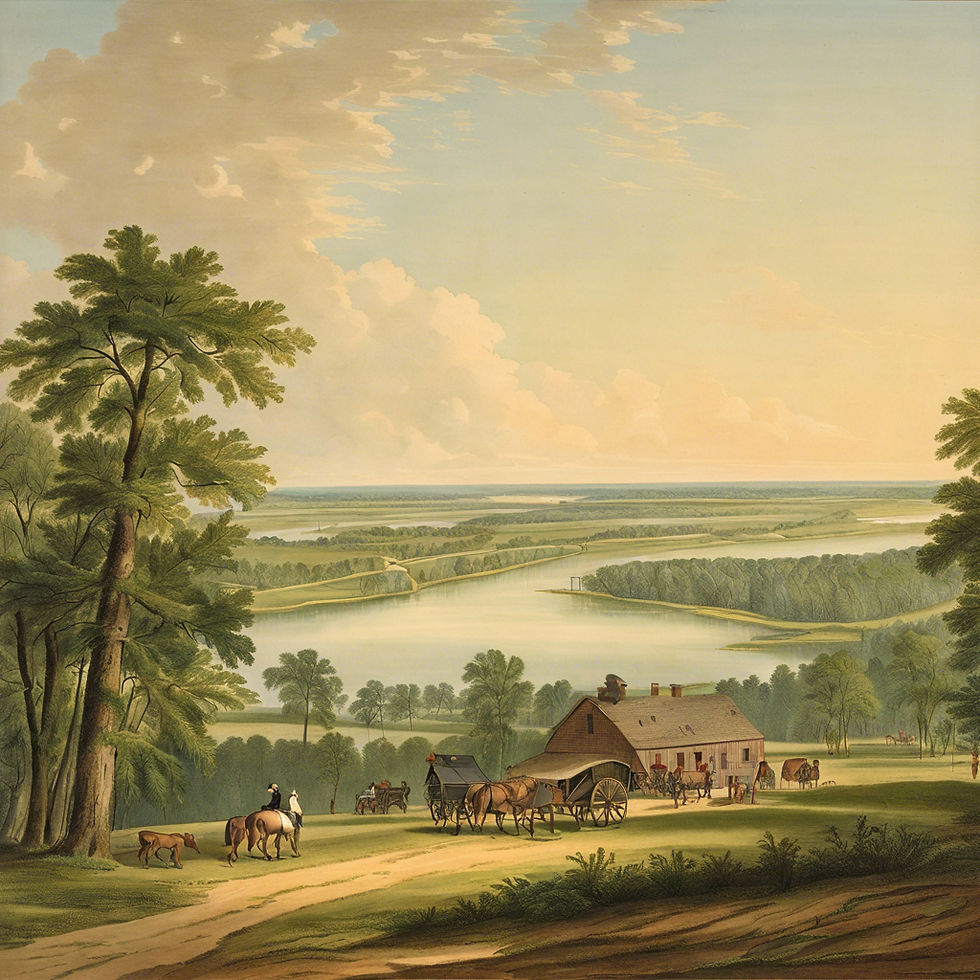

Agricola
Agricola, Alabama, is a hamlet in Tallapoosa County on the outskirts of Dadeville, Alabama, the county seat. It was once a thriving community. The word agricola is Latin for farmer, which fits as this is still a farming community. It once had a post office, general store, school, church, and cemetery. Agricola Road runs through the 4.5-mile area; besides a few farms, the road is all that remains in Agricola. Many sources call it a historical "ghost" town in Alabama. The available historical data is limited but sufficient to establish its existence.
In 1888, Mr. Samuel G. Forbes was the first postmaster of Agricola. 1890, Samuel was still the postmaster and was compensated $25.21 for his services. The post office was in service for fourteen years. The establishment of the post office was in a newspaper article on August 29, 1888, and discontinued on November 1, 1902.
In August 1963, an article about the old school in Agricola stated that it still stood as one of Tallapoosa's oldest schoolhouses. That same year, Alton Wright owned the school building in Agricola, surrounded by brush and peach trees. However, despite searching for it, I am still looking for it today. Someone tore it down a long time ago. It would be great if someone could share a photograph of the building with the public.
The school was in the middle of the community and constructed using narrow, heart pine, weathered paneled doors, and shuttered windows. On the north end of the school, there was a door next to it, a spot with a slot for the mail. The mail rider would travel along long, narrow dirt paths on a mule and often would have to deliver mail at night. Besides serving as the post office, the school was also the general store. Parents would pay five cents a day for their children to attend. We need to find out when the school closes.
On March 28, 1920, a devastating cyclone hit the town of Agricola, causing widespread destruction and claiming the lives of over 40 people in Georgia and Alabama. The tornado first formed east of Eclectic between 4:00-4:45 p.m. CDT, causing damage to homes, trees, outhouses, and a school before hitting Red Hill. It then tore through Alabama, destroying 60 homes and causing at least 17 fatalities in Susanna, Red Ridge, and Agricola. The tornado then moved to West Point, Georgia, causing nine more deaths, injuring 40 people, and destroying 40 homes in an industrial and business area. This event became the second deadliest tornado of that day.
Like many other small towns, Agricola declined due to transportation infrastructure changes, including the closing of the railways. Farmers still live in Agricola, but the majority have moved. The population during its heyday is still unknown.
My Story
more
Contact
I'm always looking for new and exciting opportunities. Let's connect.
123-456-7890









